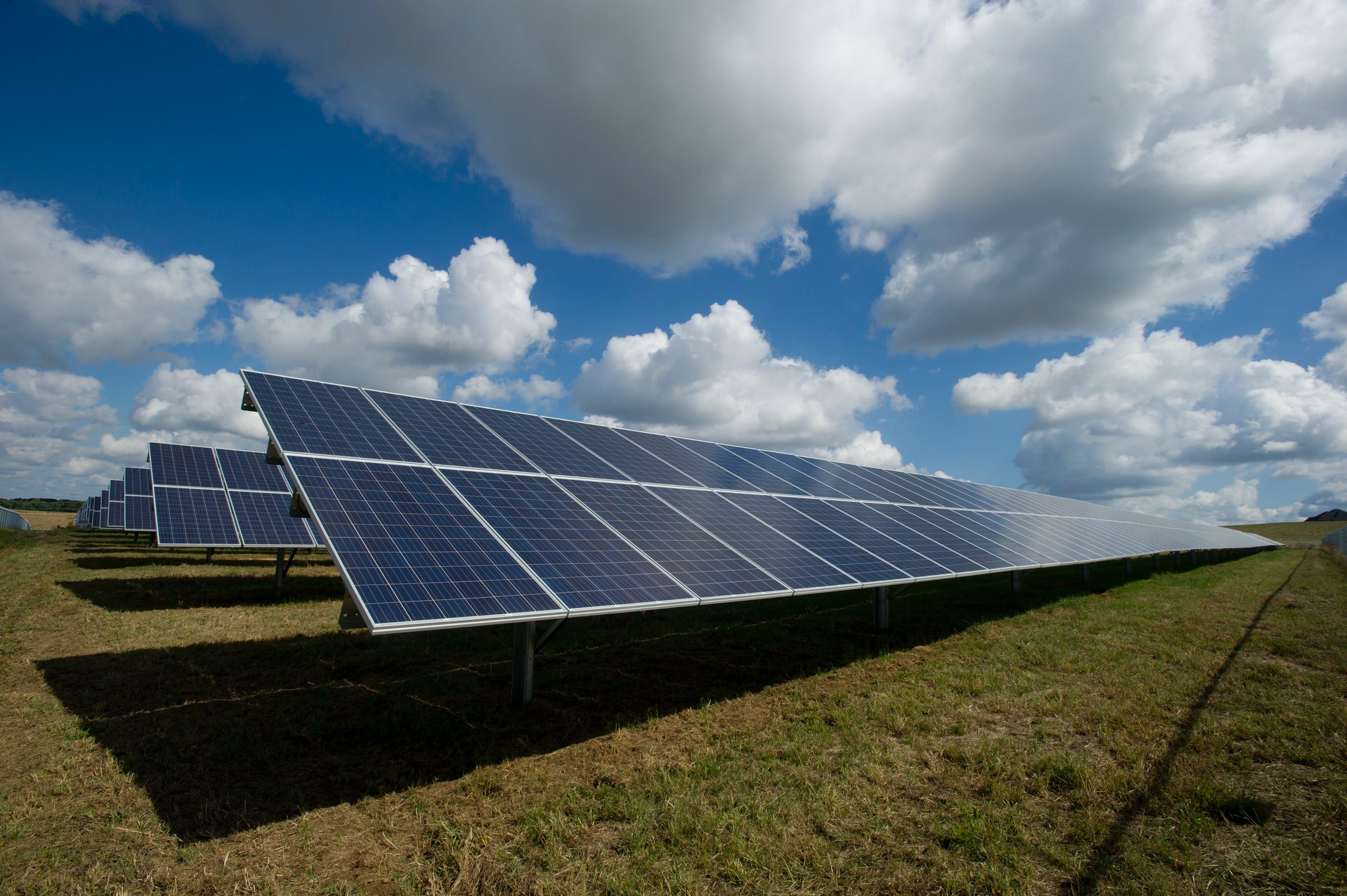September 2 was no ordinary Thursday in Australia. Over an hour after noon, Australia made history. It saw 56.2% of its main grid being shared by renewable energy — a record high.
A record high on a weekday, however. Australia, indeed, had made history the Saturday before, seeing over 57% of its main grid being shared by renewables.
On Saturday, the energy consumption is higher. However, the consumption on Thursday is more significant since it’s a weekday, when industrial demands are higher.
Although, what’s even more significant is that Australia broke both records in the very next weeks!
Last Sunday, minutes before noon, renewables composed a record high of 59.8% of Australia’s main grid. But the very next day, on Monday noon, according to Climate and Energy College, Melbourne, and OpenNEM, the share of renewables in the main grid surpassed 60%. To put it another way, on Monday, Australia’s main grid relied the least on coal and gas-generated power in its history.
As the temperature grew milder and the weather more sunny, energy demand from the grid was expected to decline. Indeed, on both Sunday and Monday, the lion’s share of renewable demand was fulfilled by solar, particularly rooftop solar, which covers several million rooftops in Australia. The sweeping installations are part of its aggressive plan to transition to renewables. Then came wind energy, followed by hydro.
The achievement is staggering for two reasons. First, the share smashed 60%, which is historic in itself. Second, the new records flipped the previous records: the percentage is higher on a weekday than it was on the weekend.
Also read: 100% Clean Energy? The US Need Not Look Beyond Solar Wind and Hydropower. Here’s Why
A breakdown of the share reveals the individual records that constitute the whole. New South Wales, for example, recorded the maximum rooftop solar PV and minimum network and operating demand — the grid that most depended on coal power. Then, instantaneous use of wind and solar was also a record high, surpassing 57%.
What’s even more staggering is the fact that the combined share of solar and wind could have gone up to 80%, taking the total share further beyond 60%. It didn’t for two reasons. The first constraint was economic. The usage had to be curtailed to avoid negative prices. The second constraint was the capacity itself. You don’t want to overload the network.
The two, in fact, have been the major constraints governments face worldwide in replacing coal energy with renewable energy. And both can be traced to a lack of infrastructure. The great news is that, contrary to popular belief, investment and, therefore, infrastructure improved last year, despite the pitfalls we faced during the COVID-19 pandemic.
In fact, according to a report by Market Research Future, titled Solar Thermal Collectors Market Research Report by Product Type, Application, and Region-Global Forecast to 2028, the market for solar is expected to expand in the next six years. From 2021 to 2028, MRFR estimates that it will rise at a compound annual growth rate (CAGR) of 8.15%, surpassing USD 44.8 billion by 2028.
Here are four talking points.
1. The key factor driving the clean energy market
Australia is not the first to propose sweeping changes to its energy infrastructure (though it currently leads the way).
Recently, the European Union proposed big changes to its plan to achieve its goal of reducing emissions by at least 55% by 2030. It also proposed taxing coal, steel, and other industries that contribute to climate change. As a matter of fact, many countries are taking strict measures to curb emissions in order to meet the goals outlined in the Paris Agreement.
Read more: “Pacific Heat Wave ‘Impossible’ Without Climate Change”: ESG Has Never Been More Urgent
The point is, producers now have an incentive to transition to renewables. As a result, over the last few years, demand for them has been rising steadily. And investments in clean energy generation, especially solar, have increased to fulfill it. That demand is driving the market.
2. Innovation will increase adoption — but who will pay for innovation?
As the incentive for adopting clean energy generation increases and it becomes more and more mainstream, more players will enter the market, doubling down on investment to capture the largest share possible of the market. In other words, the competition is expected to become more aggressive.
We know that competition is great for consumers, as it tends to drive down prices. But competition in sustainability is great for everyone — the entire planet benefits from it.
Prices will fall as producers become more innovative by, say, relying on improved production techniques or materials to increase scale as well as efficiency. Innovation could also drive down high installation and maintenance costs, for instance.
Read more: “Double the Emissions Reductions”: Could Carbon Markets Avert the Climate Crisis?
Indeed, it’s already happening. This year, in July, multinational brewer Carlsberg Group announced that it will install the market’s most efficient clean thermal system. The installation will represent a big step toward its goal of reducing its breweries’ emissions to zero by 2030.
The problem is today, solar power, like electric vehicles, may be cheap, but not cheap enough. Instead, government support could provide producers with just the right amount of push to make advancements today that will make adoption easier and cheaper tomorrow.
3. The effect of COVID-19
As the example of New South Wales has shown, demand for renewables was steady through 2020 despite the COVID-19 outbreak.
Read more: COVID-19: Will We Need a Third Dose of the Vaccine?
In fact, the increase in demand was accompanied by a decrease in the price of components, according to the report. And the trend is expected to continue in 2021 and beyond, as the rapidly growing market sees significant advancements in large-scale solar and other clean energy generation and storage systems.
4. All eyes on India and China
The report segmented the market in terms of product types, applications, and regions. The applications it outlined were residential, industrial, and commercial, while the regions involved were the Americas, Europe, Asia Pacific, and the rest of the world.
Of those regions, the Asia-Pacific heavily dominates the market in terms of producing, consuming, as well as investing in renewable energy.
And among the nations that constitute the Asia Pacific, all eyes are on India and China. The two have undergone rapid industrialization and urbanization in the last three decades. The two are also hotspots of manufacturing and renewable resources.
Read more: Lab-Grown Meat Is the “Clean” Food the World Needs. So, What’s the Beef?
The factors have contributed to Asia’s dominance, and will continue to, in extending its advantage.
Stay up to date with the latest innovations and insights in clean energy. Subscribe to our newsletter and get the stories straight into your inbox.









